Sports Injury Rehabilitation
We are going to tell you about “Sports Injury Rehabilitation”? You’ll also be going to know “Sports Injury, Its prevention and Diagnosis”. So let us know what is sports injury?
What is sports injury?
Sports injury occurs during exercise or while participating in any sport. Children are particularly at the risk of facing these types of injuries, but adults can get them, too.
Sports Injury happens generally when you:
- Don’t warm up before exercise or sport activity
- Haven’t been active regularly
- Play contact sport
Now, Let’s talk about the different types of sports injuries.
Types of sports injury
- Knee Injuries – Any injury that interferes with the movement of Knee Joint that can be a sports injury. It could range from an overstretch or a tear in the muscles or tissues in the knees.
- Strains – To injure a part of the body, specially your wrist or your ankle by suddenly bending or turning it is strain.
- Sprains – Overstretching or tearing the ligament can cause sprain. Ligaments are pieces of tissue that connect two bones to one another in a joint, sprains are commonly mistaken as strains.
- Swollen muscles – Swelling is a common reaction to any injury. Swollen muscles can be painful or weak.
- Achilles tendon rupture – The achilles tendon rupture is an injury that affects the back of your lower back. During sports, this tendon can break. When this happens, you may experience a sudden, severe pain and difficulty in walking.
- Fractures – Bone fractures are also said to be broken bones.
- Dislocations – Sports injury can dislocate a bone in your body. When this happen, a bone is forced out of its socket. This can be very painful and lead to weakness and swelling.
- Rotator cuff injury – Four pieces of muscles works together to form the rotator cuff. The rotator cuff keeps your shoulder moving in all the directions. A small tear in any of these muscles can weaken the rotator cuff.
Sports Injury Prevention
The best way to prevent injury is to stretch and warm up properly. Cold muscles are mostly prone to overstretching and tears. Warm muscles are more flexible compared to cold muscles. They can absorb quick movements, jerks, and bends, making injury less likely.
Follow these steps to avoid injuries:
- Use the Proper Equipments
Wear the right shoes and make you have the proper athletic protection. Ill-fitting or gear can increase the risk for injury.
2. Use the Proper Technique
Learn the proper way to move during your exercise or sport activity. Different types of exercise require different postures and stances. For example, in some sports, bending your knees at the right time can help you avoid an injury to your spine and hips.
3. Don’t Overdo
If you get hurt or get injured, make sure to heal first then start to continue your activity again. Don’t ever try to work through the pain without consulting the doctor.
When you return after getting your body recovered, you needs to ease yourself back into the exercise or sport rather then jumping back in at the same density.
4. Resume Activity Slowly
Do not be tempted to nurse your injury for too long. Over rest may delay the healing. After the initial 48 hours of rest, you can start using heat to help in relaxing the tight muscles. Start things slowly and get your and ease back into the exercise or sport activity.
5. Cool Down
Remember to cool down your workout. This also involves doing the stretching exercise.
Sports Injury Treatments
The RICE method is a common treatment for sports injuries. It stands for:
- Rest
- Ice
- Compression
- Elevation
This treatment method is helpful for mild sport injuries. For best results, follow the RICE method within the first 24 to 36 hours after the injury. It helps in reducing swelling and prevent additional pain in the early days after a sport injury.
Both over the counter and prescription medications are available to treat sport injuries. Most of them provide relief from the pain and swelling.
If your sport injury looks or feels severe, make an appointment to see your doctor. Seek emergency care if the injured joint show signs of:
- Severe swelling
- Visible lump, bump, or other deformities
- Popping or crunching sound when you use the joint
- Instability
Also seek emergency attention if you experience any of the following:
- difficulty breathing
- dizziness
- fever
Serious sport injury can require surgery and physical therapy. If the injury doesn’t heal within 2 weeks, contact your doctor for an appointment.
Diagnosis
Many sport injuries cause immediate pain or discomfort. Others, like overuse injury, might be noticed only after long term damage. These injuries are often diagnosed during routine physical examination or checkup
If you think you have a sport injury, your doctor will likely use the following steps to get a diagnosis
- Physical examination. Your doctor can attempt to move the injured joint or body part. This help them see how the area is moving, or how it is not moving in n the case
- Medical history. This involve asking you questions about how you were injured, what you were doing, what you’ve done since the injury, and many. If this is your first time visiting this doctor, they may also ask for thorough medical history
- Imaging test. X ray, MRI, CT scan and ultray can all help your doctor and healthcare provider see inside your body. This helps them confirm a sports injury diagnosis.
If your doctor suspect you have a sprain or strain, they may recommend you follow the RICE method. Follow these recommendations and keep an eye on your symptom. If they get worse, that can mean you have a more serious sport injury.
Call your doctor
Call Mobile Physiotherapy Clinic if you are from Ahmedabad and you can also take online consultation from our expert physiotherapist’s if there’s any sign of swelling or if it hurts to place weight on the affected area. If the problem is in the location of a previous injury, then seek medical attention right away.
Contact a healthcare provider if you don’t see any improvement after 24 to 38 hours of RICE.
Because a child skeleton is not fully developed, the bones are weaker than an adults. Take extra precaution with a child’s sports injury.
Don not ignore your symptoms. Remember, the earlier you get the diagnosis or treatment, the sooner you will be going to recover as well as get back in the game.

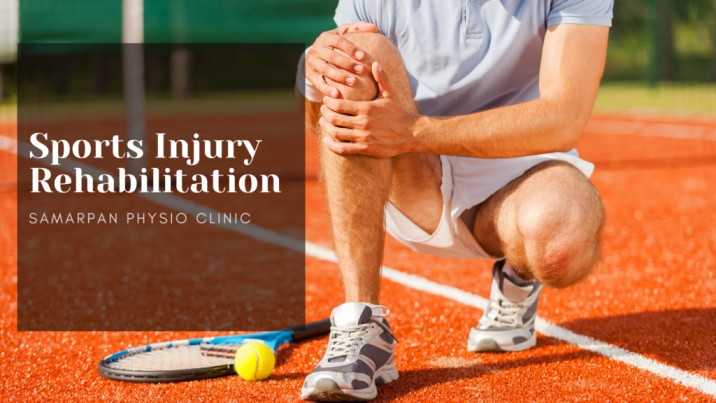
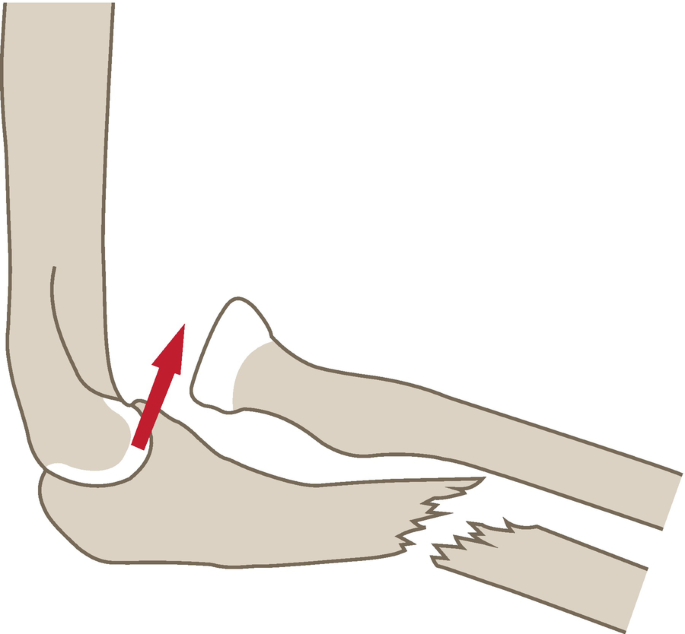
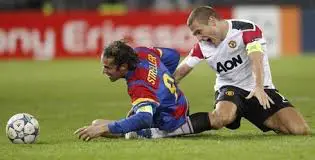
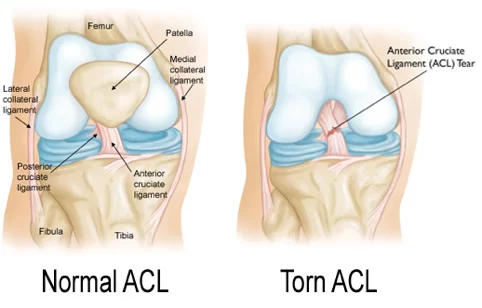
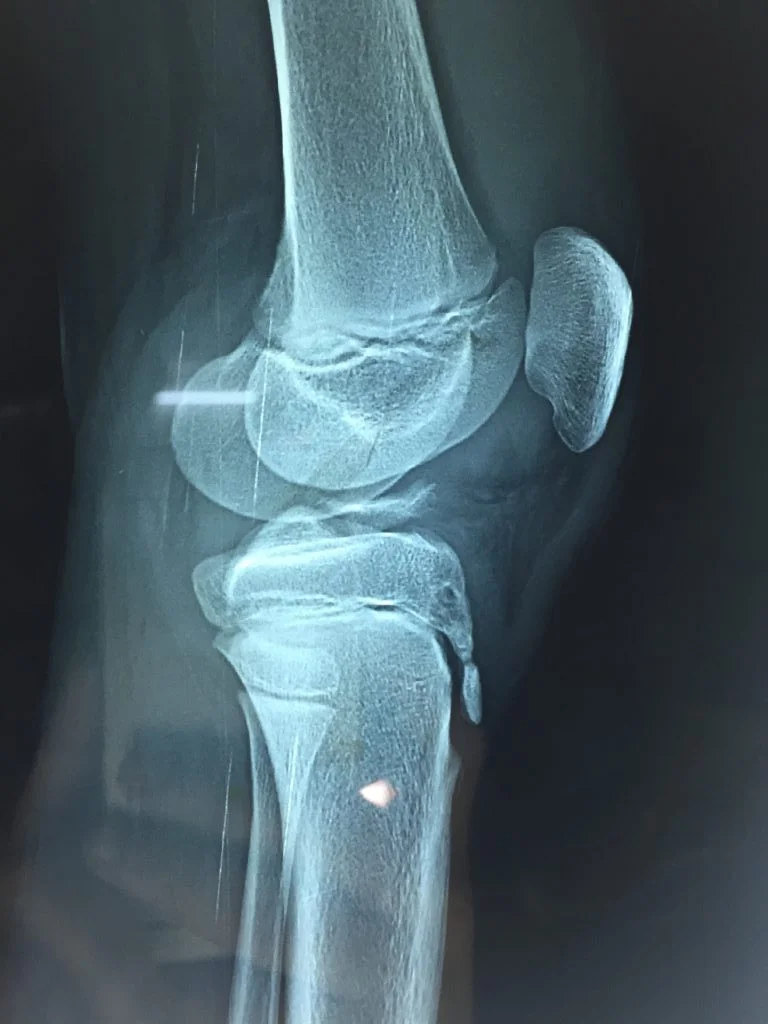
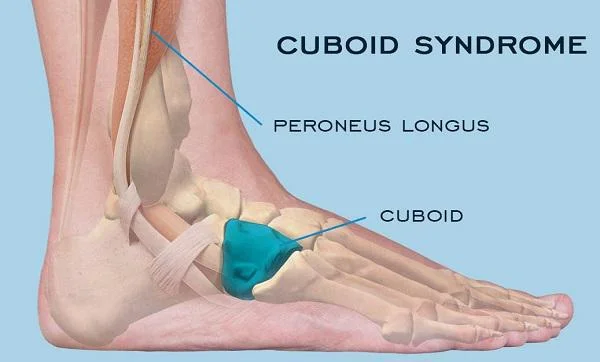
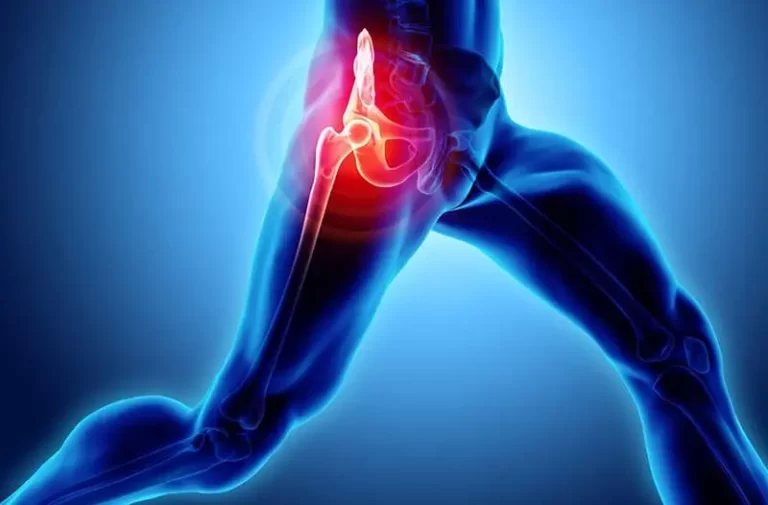
Sports Injury require RICE Principles and also gradually shifting to MICE Principles : Very informative tips , Thanks for sharing online !